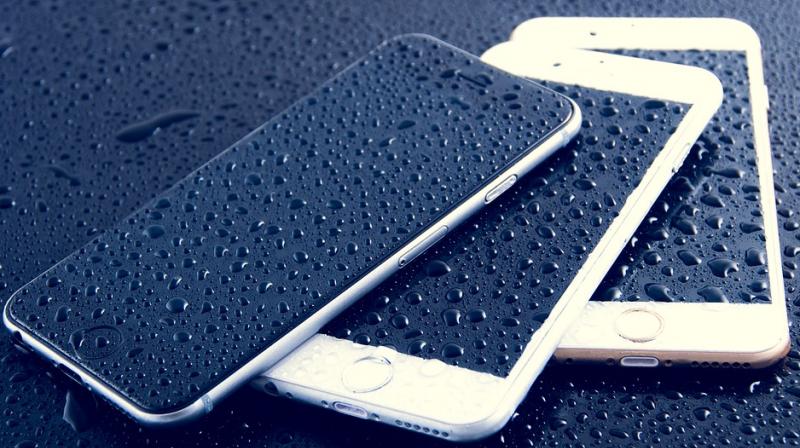Apple's iOS 11 is a warning to grey market iPhone repair parts
With iOS 11's third patch, Apple showed that they can easily wage a war against grey market parts sellers.

When Apple released the third bug fix patch for iOS 11 last week, it carried a peculiar description that was a sigh of relief for some iPhone 6S users. In fact, it was a relief for the grey market, selling non-genuine parts for iPhone 6S.
The iOS 11.0.3 patch note clearly mentioned the following statement — “Addresses an issue where touch input was unresponsive on some iPhone 6S displays because they were not serviced with genuine Apple parts." It was followed by a subtle warning that read as — "Note: Non-genuine replacement displays may have compromised visual quality and may fail to work correctly. Apple-certified screen repairs are performed by trusted experts who use genuine Apple parts.
If you read between the lines, you will get to see that Apple has simply threatened the world of third-party spares and parts for its range of iPhones and iPads. Apple has always been trying to convince its customers to get their devices repaired at authorised service centres that sell genuine spares and parts. However, due to high costs of genuine spares and service charges, users often tend to opt for cheaper aftermarket parts. Most of the times, they tend to work as well as the certified counterparts while some of them turn out to be harmful to the device in the long run.
Apart from losing out on business to the grey market, Apple also strives to keep third-party elements out of their devices in the wake of recent malware attacks. In one case study, it was found that certain mobile devices could be easily hacked with third-party components, without letting the user or even the manufacturer notice (read here). Apple’s ecosystem is known for its security and the company would surely like to maintain that title, which could also be the reason the company might prefer to persuade its users for using genuine parts.
As for the iPhone 6S, it introduced the pressure-sensitive touch displays and it may have been possible that the smartphone couldn’t deliver the original experience with the third-party displays. Maybe this was a method that the company favoured to keep the experience uniform for all iPhone 6S models.
Whatever may be the actual reason, Apple has shown the world that it can wage a war against those who sell non-genuine spares and those who opt for them — by simply rolling out a software update. Therefore, if your iPhone has gone bad, it would now be wise to get it repaired from an authorised Apple service centre so as to keep your device fit for the future.

